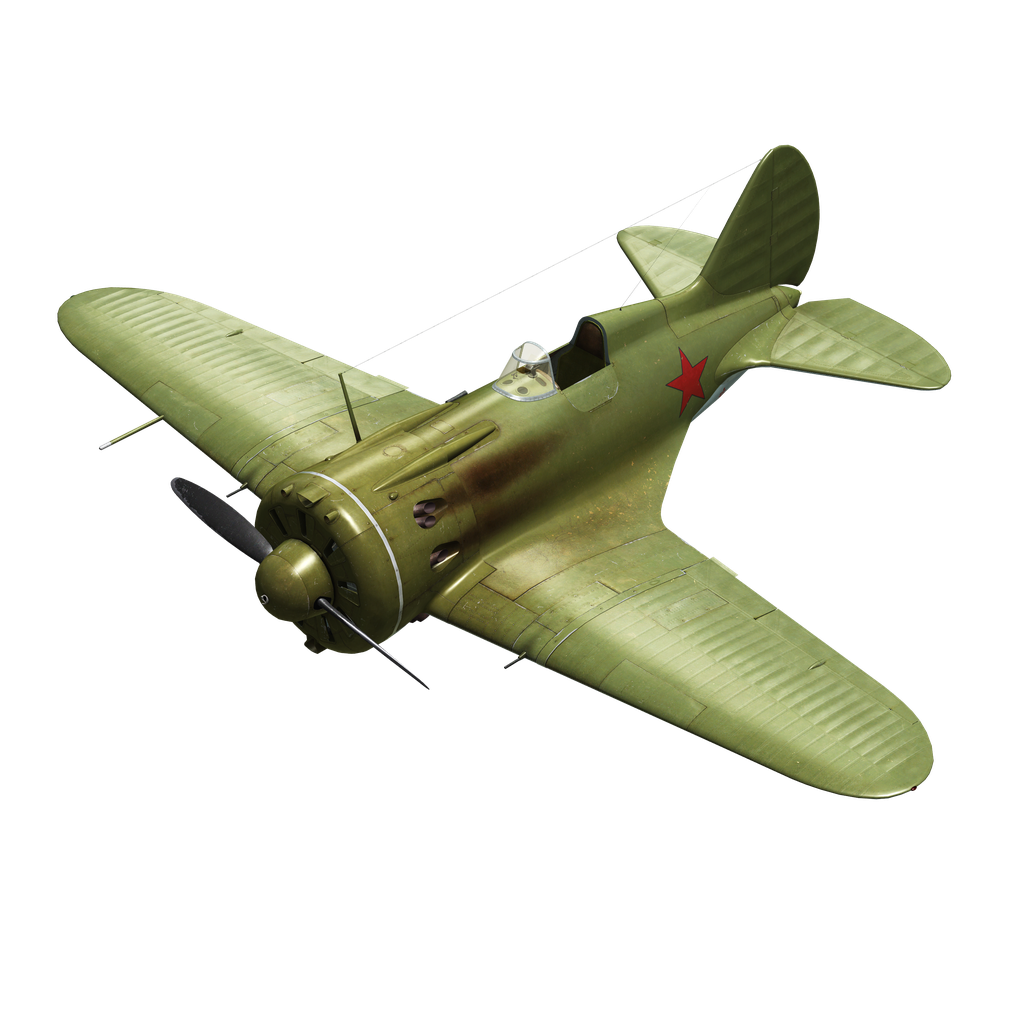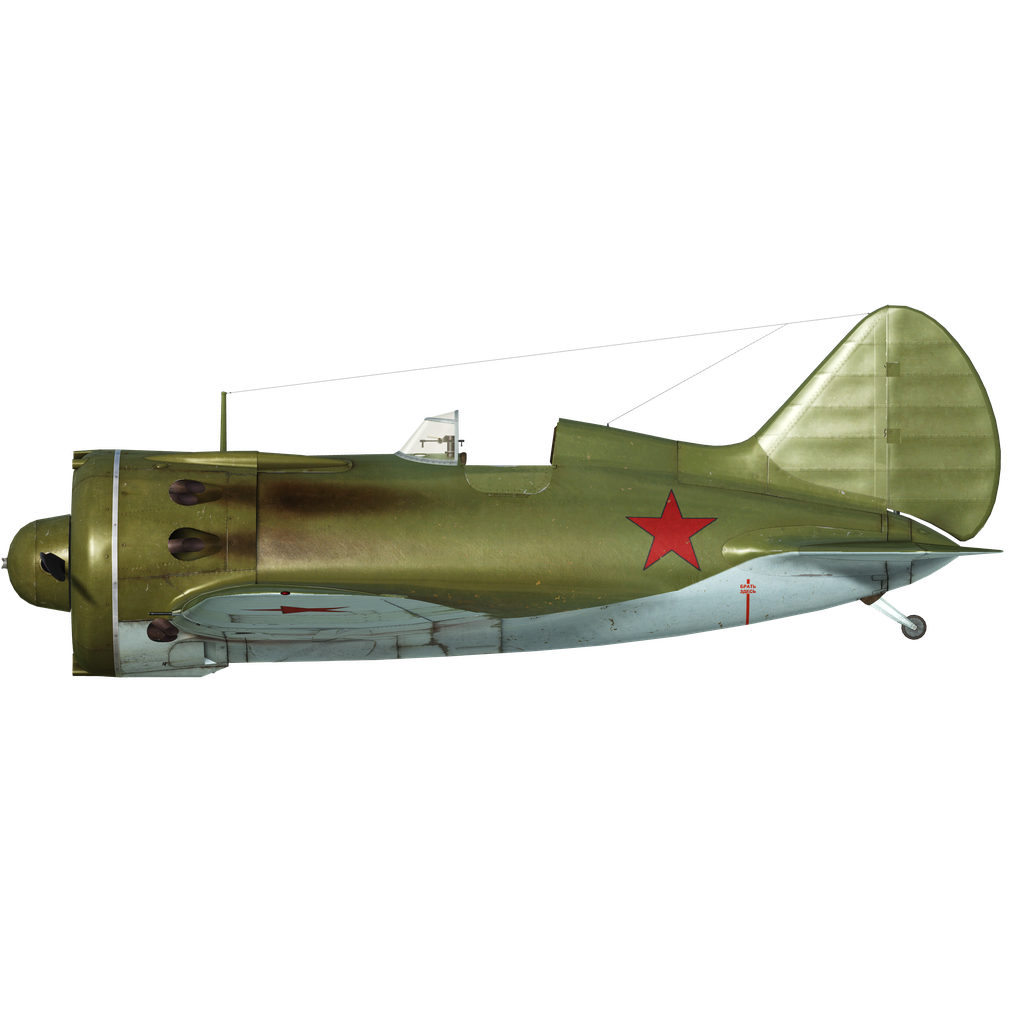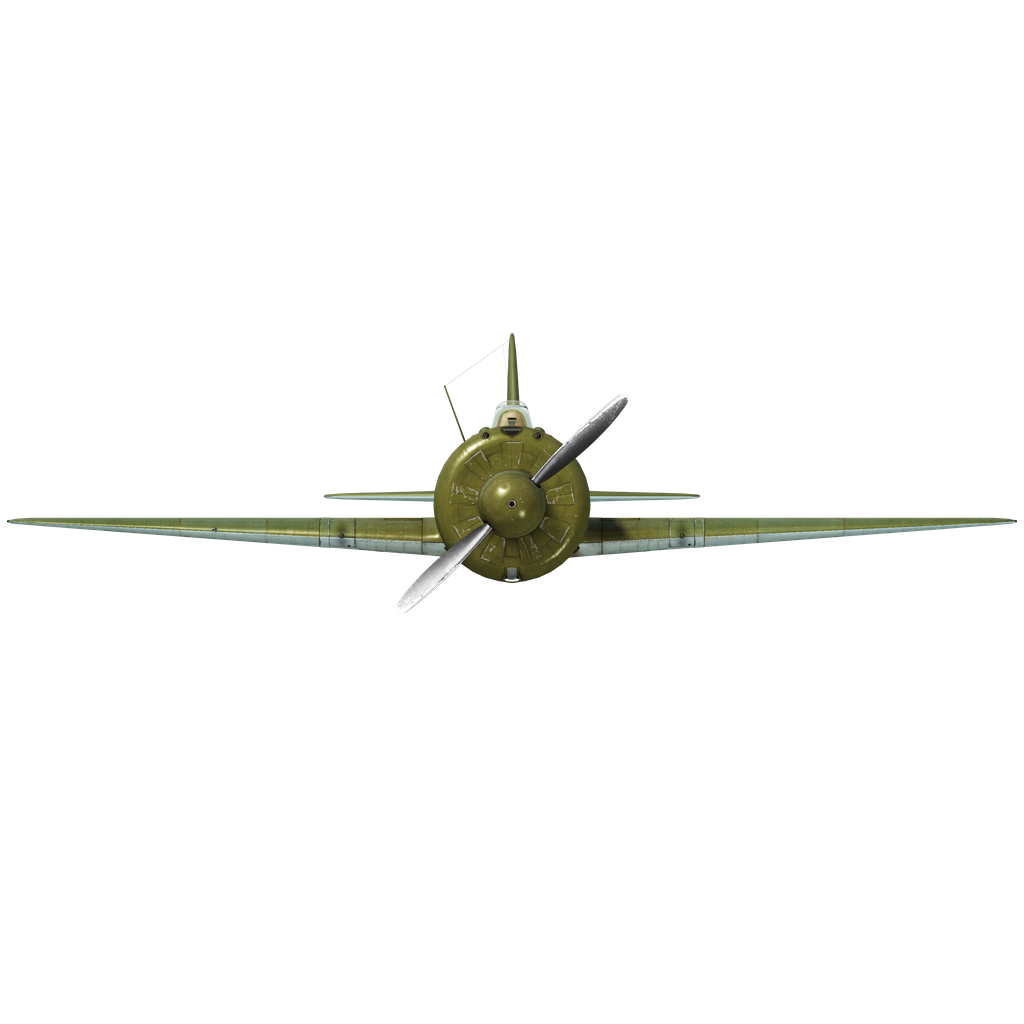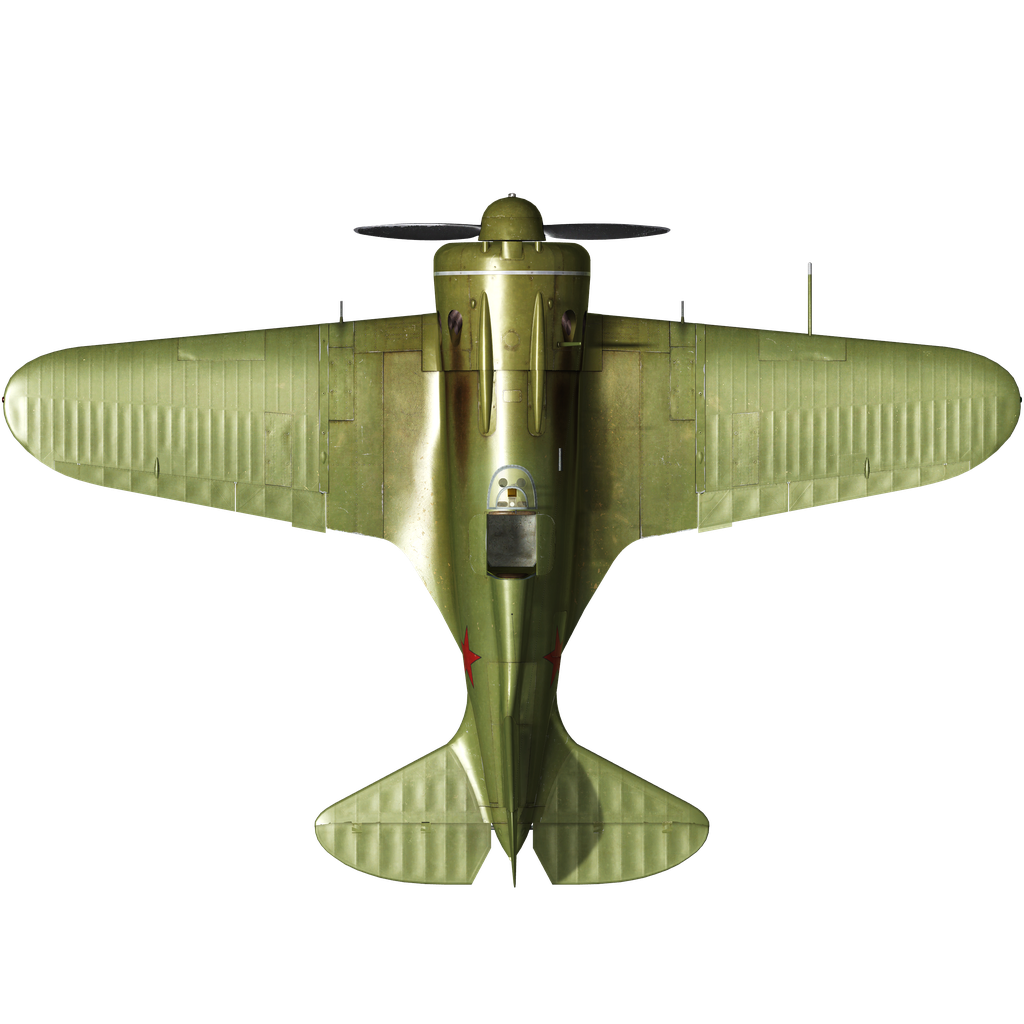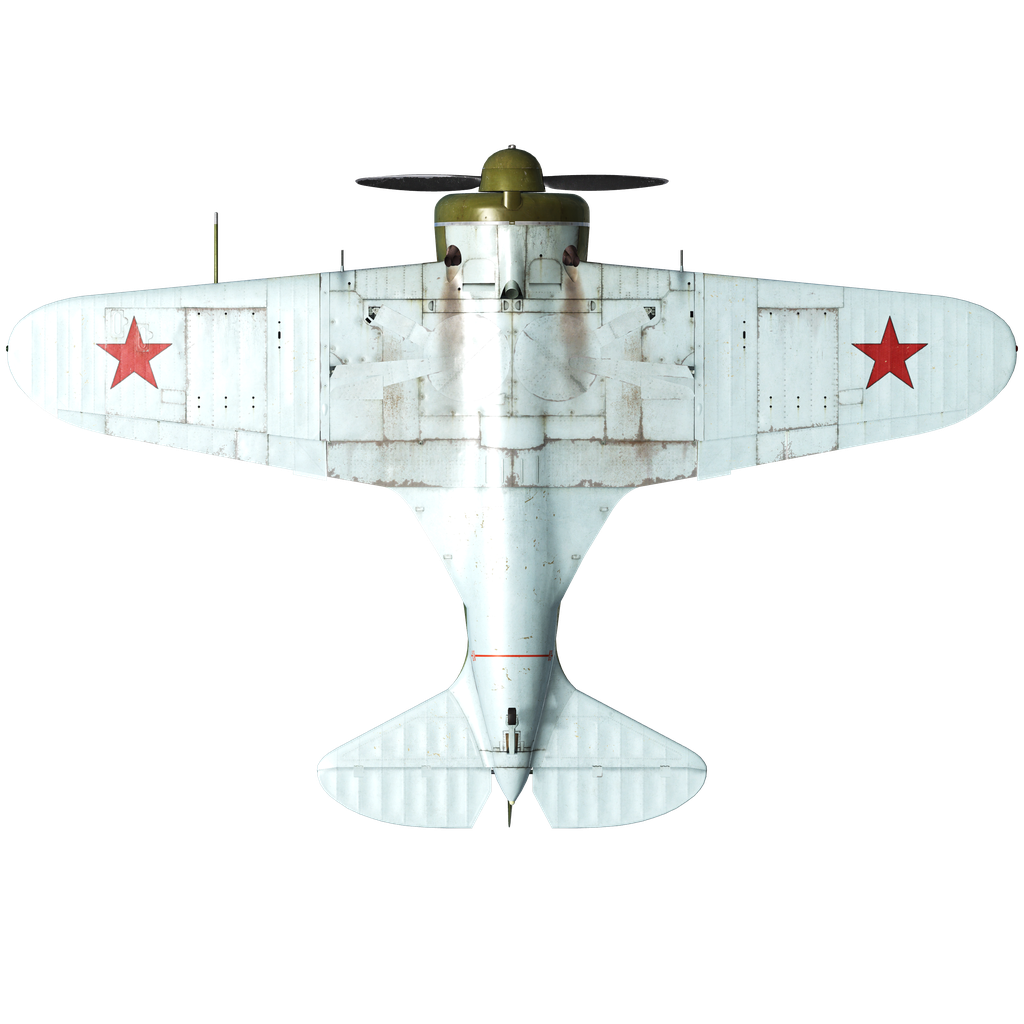Polikarpov's most famous fighter appeared in 1933. This aircraft was designed as a new generation high-speed monoplane, which at the same time was supposed to have high combat maneuverability. Its small size made it easy to fly, but its rearward orientation and dimensions made it unstable in flight, requiring more attention from the pilot — the aircraft responded to the slightest movement of the stick — but pilots who could fly the I-16 could usually fly other aircraft with ease. The I-16 became one of the most popular fighters of the pre-war Soviet Air Force and was used in all wars and armed conflicts in which the USSR participated. By 1939, the aircraft had practically exhausted the possibilities of modernization, which was particularly evident in the events of the final period of the Spanish Civil War, but it was well mastered by both industry and pilots, so another modification of the M-62 engine was developed at the Perm engine plant No. 19, which received the designation M-63.
The M-63 developed 1100 hp. (for the M-62 - 1000 hp) with only 5 kg more weight. This engine was chosen to power a modified I-16 which became known as the I-16 Type 24.
The I-16 had a mixed construction. The fuselage was made of wood with a frame made of four pine spars, eleven frames, and stringers. The skin was veneer laminated and consisted of two pieces attached to the frame with glue and nails. The finished fuselage was covered with fabric, carefully putty-wrapped, and sanded. The two-spar wing consisted of a center section and a pair of removable sections. The wing tips were covered with duralumin sheeting, and the entire wing was covered with percale. On the Type 24, the top of the wing was covered with plywood. Large ailerons occupied the entire trailing edge of the wings. The tail unit was metal with a fabric covering. The rudders, like the ailerons, had tubular spars.
The landing gear was retractable, of the pyramid type: the retraction system was manual, driven by a winch located on the right side of the cabin, and turned out to be very complex and unreliable due to the abundance of cables, rollers, clamps, and other elements.
The armament consisted of two wing-mounted and two propeller-synchronized 7.62 mm ShKAS machine guns.
State tests of the I-16 Type 24, which began in the first half of 1940, showed that there was no significant improvement in flight characteristics compared to the I-16 Type 18 with the M-62 engine, and the maneuverability of the new modification even decreased somewhat. The increased weight of the reinforced wing and fuselage structure "ate up" the additional power gained by installing the M-63 engine. A total of 964 I-16 Type 24 aircraft were produced.
At dawn on June 22, 1941, Germany repeated its invasion scenario, which had been executed many times before in Europe: 66 airfields, where the main air forces covering the border were located, were attacked almost simultaneously. By the evening, the losses of the air force amounted to about 1,200 aircraft, but the Soviet pilots resisted skillfully and stubbornly, despite heavy losses. Suddenly, the I-16, flown by a skilled pilot, proved to be a dangerous opponent. For example, in 1942, the number of combat losses of the I-16 was lower than that of other fighters in service with the Soviet Air Force. The German pilots who fought on the Eastern Front did not consider the I-16 easy prey: although they could almost always impose the initiative on the "donkey" pilot in an air battle, they tried to avoid a maneuverable battle with a Russian veteran. Interestingly, the 1st Guards Fighter Aviation Regiment received its title in December 1941, fighting on I-16 Type 24 aircraft.
Used sources:
1. V. Shavrov, “History of aircraft designs in the USSR until 1938”, 2002
2. S. Ivanov, “Polikarpov Fighters Part 2.” Magazine "War in the Air", No. 137, 2005
3. Materials from the site airwar.ru
